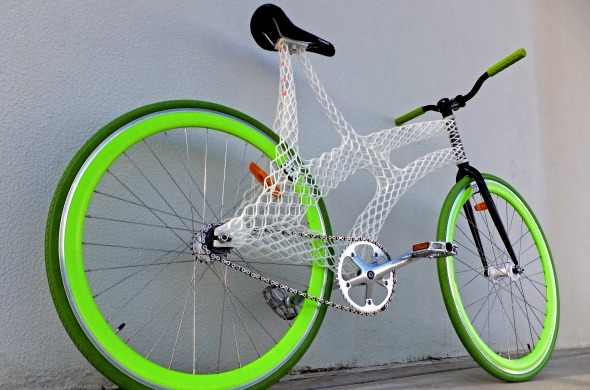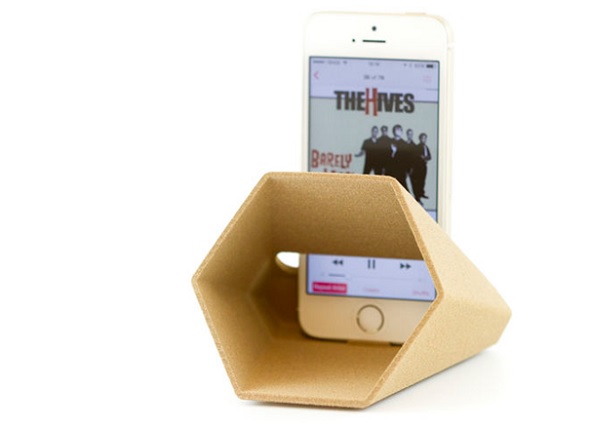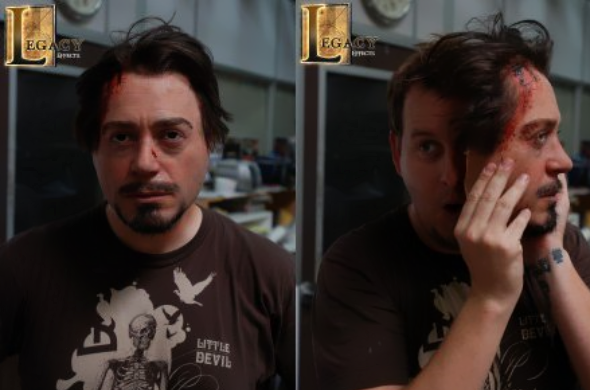8 Interesting Facts about 3D Printing

1. The use of 3D printing It all began in the 1980s
Yes, 3D printing is more advanced than you might believe. The origins of 3D printing can be traced back to the 1980s. Chuck Hull devised the “stereo lithography” technology in 1984, which employed UV lasers to solidify photopolymer and construct 3D items layer by layer. Fried Vancraen, the current CEO of Materialize, was a young man in 1985 who made his own non-computer “FDM” models. He launched Materialize, one of the first 3D printing startups, five years later.

2. Originally used for prototyping, 3D printing is now being employed for production-ready items.
3D printing has its roots in industry and was originally used for prototyping things. In fact, large firms continue to save millions of dollars by using fast prototyping. 3D printing is increasingly being used to construct completed projects. And now, we see that designers and individuals worldwide are also turning to 3D printing to bring their own creations to life, both for personal use and for the enjoyment of others.

3. A model is printed in layers on a 3D printer.
Additive manufacturing works similarly to your home inkjet printer. In order to complete the work, an ink jet printer applies a single layer of ink to the page, but a 3D printer adds additional layers on top of each layer before it until the thing is complete.

4. You may now print in titanium, ceramics, wood, and other materials!
This truth about 3D printing may surprise you: almost everything can now be 3D printed. Since the 80s, many new materials for 3D printing have entered the market, including gold, silver, titanium, wood, and ceramics. And these materials are not limited to an elite of industrial giants. Each and everyone can upload 3D designs to online 3D printing services like i.materialise and receive these kind of prints.
Over the last year alone we have seen 3D printed houses, drones, clothes, jewellery even table ware being printed. Perhaps you’ve heard of 3D printed prosthetics for wounded soldiers or seen the 3D printed race car.

5. 3D printing can lower production costs.
Traditional manufacturing models require a lot of upfront costs, storage fees and uncertainty from investors. Machines have to be set up, space rented, and fingers crossed that the manufactured product sells. 3D printing takes a more fluid approach: you can print orders on-demand. If you’re a maker or an entrepreneur trying to get a small business off the ground, this can home in handy. The additive process wastes very little material, and you can print as the orders come in. This makes it less financially risky and translates into a low cost of production.

6. You’ve seen 3D printing in movies.
Fun fact about 3D printing: 3D printers are already being used in movies. Creating and applying props can take a lot of time and effort. Many of those props may now be manufactured and re-created more quickly, easily, and without having to start from scratch thanks to 3D printing. IronMan, The Hobbit, Jurassic Park, Avatar, The Muppets, Terminator Salvation, Real Steel, Paranorman, The Avengers, and Paranorman have all used 3D printing technology.

7. 3D printing has made its way into space.
NASA is now conducting research into how to introduce 3D printing technology to space. The plan is to send robots to the moon ahead of astronauts to erect structures and infrastructure.

8. Education is benefiting from 3D printing.
3D printing is becoming a popular topic of study in schools, and it’s also being utilised to include kids with disabilities in programmes that had previously excluded them (and often still does.) A person with arm injuries can become a musician, a person without legs can play soccer, and pupils who are blind can “see” microscope slides thanks to personalised, 3d printed medical solutions.
Art, design, entrepreneurship, and engineering are all unlocked for younger kids using increasingly simple 3D modelling tools. These tools enable children to put their thoughts into tangible items.
As the use of 3D printing in schools grows, so will the number of entrepreneurs, artists, designers, and makers who grew up with the technology. This autumn, the first community college in Texas will begin offering 3D printing classes, and instructional programmes are available for those interested in incorporating the technology’s biological uses into their curricula.

For 3D Printing Services and more visit us at http://www.truecolours.pk
Comments
Post a Comment